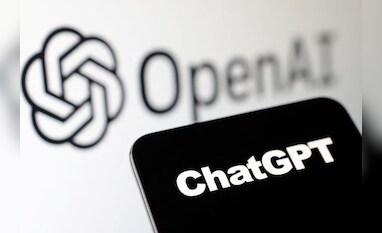ChatGPT is facing criticism over its AI model that can generate highly realistic fake receipts, raising concerns about its potential misuse for fraudulent activities.
As part of its 4o model, ChatGPT debuted its new picture generator on Monday. This program is being used to create fake receipts because of its ability to create text within photos.
Users are exploiting this feature to create false restaurant receipts, which could increase the number of AI deepfakes that scammers can employ.
Social media influencer and venture capitalist Deedy Das posted a fake receipt for a San Francisco steakhouse on X, saying it was made using the 4o model.
Read also: ChatGPT sparks controversy with AI-powered Ghibli-style art generation
Technological capabilities and misuse
Text-intensive applications like receipts are well-suited to the new image generator’s rendering ability. Nevertheless, this capability also presents a danger of fraudulent activities.
According to a media source, a French LinkedIn user shared a crumpled AI-generated receipt from a neighbouring restaurant chain. Although the generator produces impressive results, it displays a comma instead of a decimal point and erroneously does arithmetic.
According to OpenAI spokesperson Taya Christianson, every image generated by their platform has metadata proving ChatGPT generated it.
Christianson stated that OpenAI “takes action” against users who breach their usage guidelines and that the organisation is “constantly learning” from practical applications and user feedback.
Christianson also highlighted that AI-generated fake receipts could serve purposes beyond fraud, such as “educating individuals about financial literacy” and creating original artwork or product advertisements.
OpenAI argues fake receipts can aid financial literacy education
OpenAI defends using its image generator to create fake receipts as part of its goal to “give users as much creative freedom as possible.” This stance emphasises the potential for AI-generated content to be used in educational contexts, such as teaching financial literacy.
Read also: Apple to launch AI doctor and fitness coach with iOS 19 in health app update
While the technology is imperfect and can be improved with photo editing tools, OpenAI’s approach underscores the balance between providing creative tools and mitigating misuse.
As Christianson explained, OpenAI aims to provide users with as much creative freedom as possible while addressing misuse through its guidelines and metadata tracking.
The ease with which fake receipts can be generated raises concerns about potential exploitation by malicious actors.
However, OpenAI’s position highlights the broader applications of AI-generated content beyond fraudulent activities. By focusing on creative freedom and educational uses, OpenAI seeks to maximise the benefits of its technology while managing its risks.





Leave a Reply